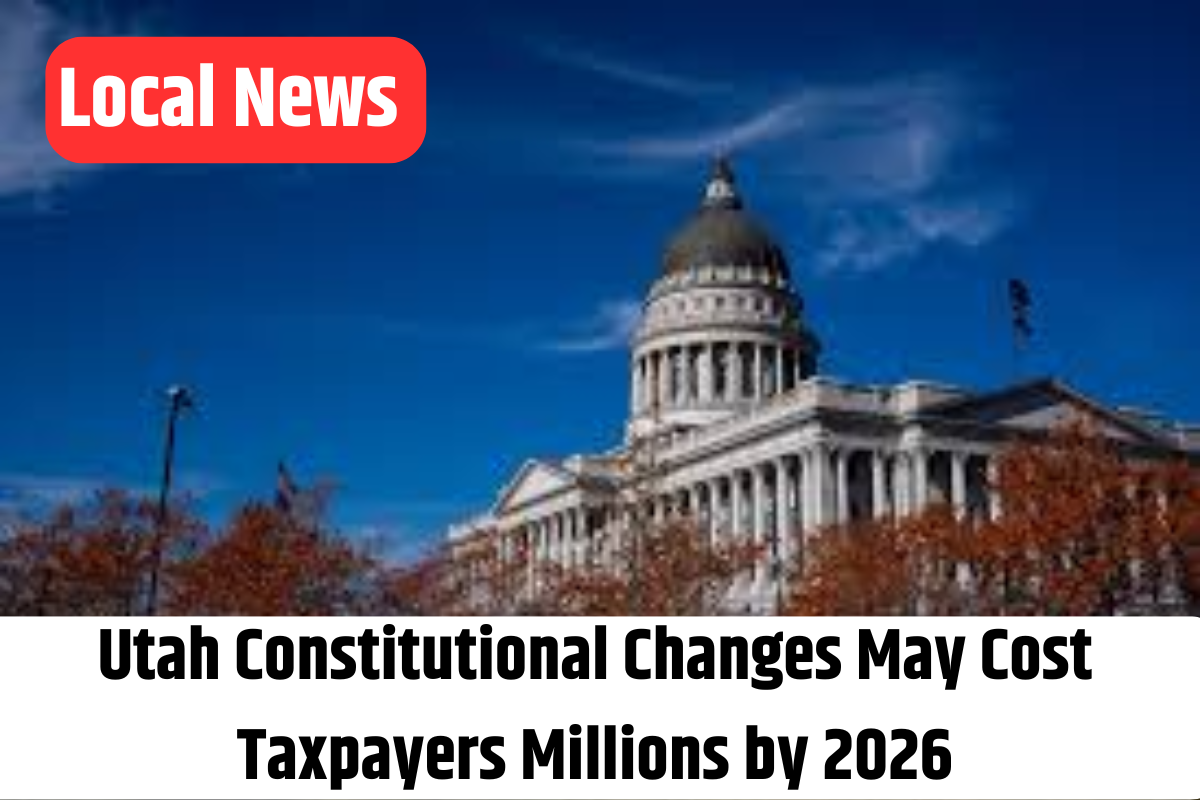
Utah faces a steep price tag when it comes to changing its Constitution. Two proposals currently have a cost estimate of $1.4 million each—and a third proposal, which is still in development, is expected to cost a similar amount if all three end up on the 2026 ballot. That means Utah taxpayers could be on the hook for over $4 million if every proposal passes through the legislature with the required two-thirds majority.
The high cost stems from a mandate in the state’s Constitution that requires any ballot proposal to be published in at least one newspaper in every county for two months before the next general election. This publication requirement is what pushes the price for each measure to approximately $1.4 million.
In addition to the two current proposals—SJR 2, which would mandate a 60% voter approval for tax-related initiatives, and HJR 5, which seeks to lock in the method of allocating Utah’s electoral votes—a Utah House member, Rep. Anthony Loubet, is working on a third proposal aimed at eliminating the costly newspaper publication requirement. His idea is to switch to online notifications, potentially using resources such as the Utah public notice website and the Lieutenant Governor’s website. However, even if this amendment passes, the expensive newspaper mandate would still apply to each ballot measure in 2026 until voters can officially amend the requirement.
Adding further complexity is a provision under consideration in a substitute version of Senate Bill 73. This provision would force citizen-led ballot initiatives to follow the same publication rules as constitutional amendments, meaning any such initiative on a 2026 ballot could also incur that hefty $1.4 million cost. Critics argue that these costs not only burden initiatives but could also infringe upon the constitutional right of Utahns to “alter and reform” their government—a right recently upheld by the Utah Supreme Court.
Senate leaders, including Senate sponsor Lincoln Fillmore (R – South Jordan) and Senate President Stuart Adams (R – Kaysville), acknowledge the steep costs. Fillmore criticized the courts for their strict interpretation of the newspaper requirement, arguing that modern communication methods should allow for broader, more cost-effective outreach. Adams hinted at the possibility of negotiating with newspapers to secure a quantity discount if multiple constitutional amendments are being published simultaneously.
This issue was central to the court’s decision to void Amendments A and D from the 2024 ballot, as the legislature had not successfully addressed the costly publication requirement. As Utah looks toward the 2026 ballot, the challenge remains: how to update constitutional communication methods without imposing an overwhelming financial burden on taxpayers.






